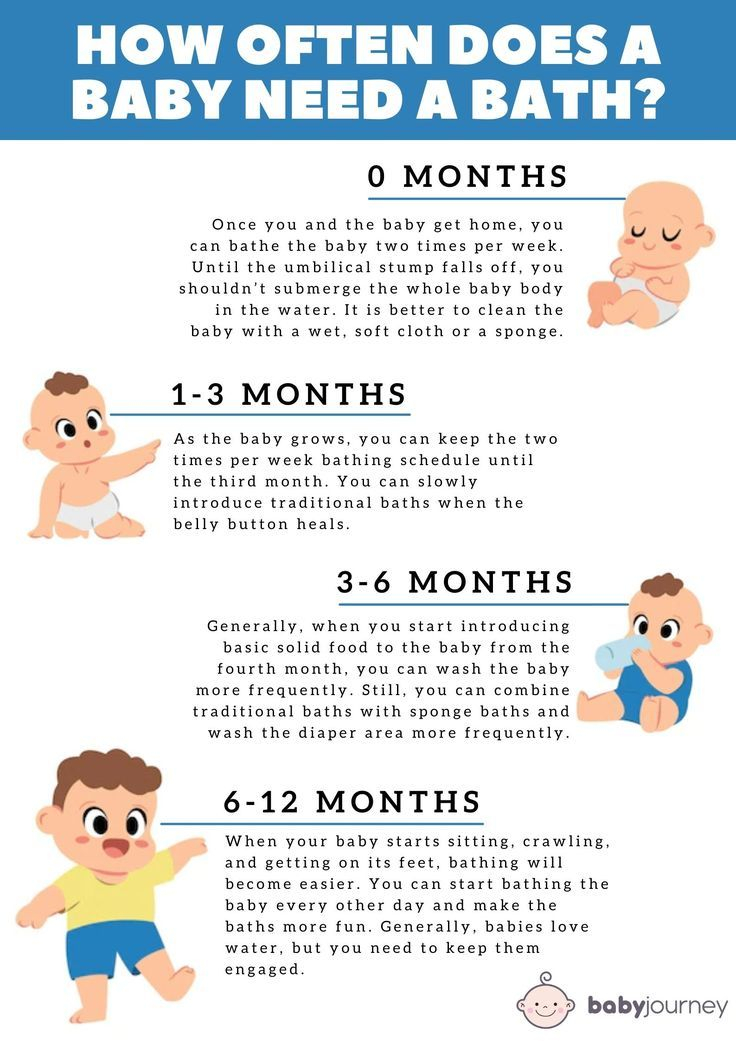High Fiber Foods Chart For Constipation: The Ultimate Guide
Constipation is a common problem that can be caused by a lack of fiber in the diet. Fiber is an essential nutrient that helps to keep the digestive system moving smoothly. Soluble fiber absorbs water and forms a gel, which can help to soften stools. Insoluble fiber adds bulk to stools, which can help to promote regularity. Eating a high-fiber diet can help to relieve constipation and improve overall digestive health.
This guide provides a comprehensive chart of high-fiber foods, as well as a sample meal plan and tips for increasing fiber intake. With this information, you can create a diet that is both healthy and effective for managing constipation.
High Fiber Foods Chart For Constipation

Constipation is a common problem that can be caused by a number of factors, including diet. Eating a diet high in fiber can help to prevent and relieve constipation.
Fiber is a type of carbohydrate that the body cannot digest. It helps to add bulk to the stool, which makes it easier to pass. Fiber can also help to absorb water, which can soften the stool and make it easier to move through the intestines.
Foods High in Fiber
There are many different foods that are high in fiber. Some of the best sources of fiber include:
- Fruits and vegetables
- Whole grains
- Legumes
- Nuts and seeds
It is important to eat a variety of high-fiber foods to get the most benefit. Aim to eat at least 25 grams of fiber per day.
Tips for Eating More Fiber
If you are not used to eating a lot of fiber, it is important to increase your intake gradually. This will help to avoid gas and bloating.
Here are some tips for eating more fiber:
- Add fruits and vegetables to every meal.
- Choose whole-grain breads and cereals over white bread and pasta.
- Add beans or lentils to soups and salads.
- Snack on nuts and seeds.
Eating a diet high in fiber can help to prevent and relieve constipation. It can also help to improve your overall health.
Frequently Asked Questions
What are the benefits of eating a high-fiber diet?
Eating a high-fiber diet can help to relieve constipation, improve overall digestive health, and reduce the risk of chronic diseases such as heart disease, stroke, and type 2 diabetes.
What are the different types of fiber?
There are two main types of fiber: soluble and insoluble. Soluble fiber dissolves in water and forms a gel, while insoluble fiber does not. Both types of fiber are important for good health.
What are some good sources of fiber?
Good sources of fiber include fruits, vegetables, whole grains, and legumes. Some of the best sources of fiber include beans, lentils, oatmeal, brown rice, and apples.
How much fiber should I eat each day?
The recommended daily intake of fiber is 25 grams for women and 38 grams for men. However, most people do not get enough fiber in their diet. Aim to increase your fiber intake gradually to avoid side effects such as gas and bloating.





